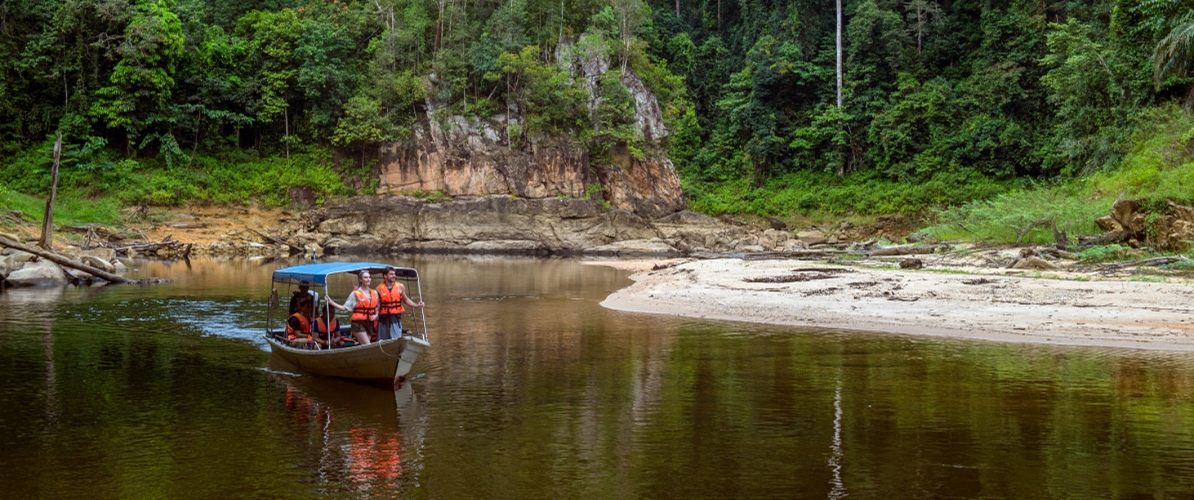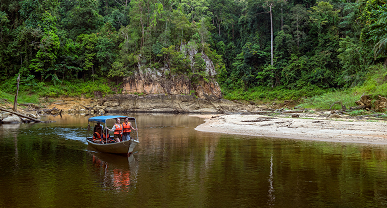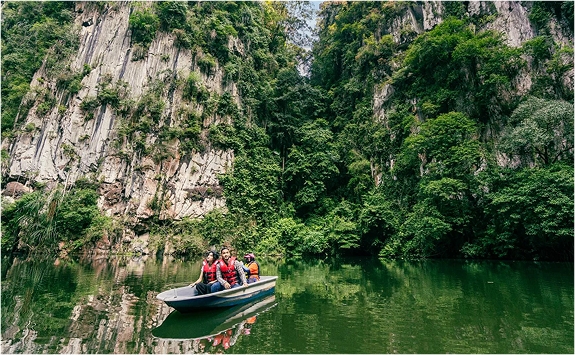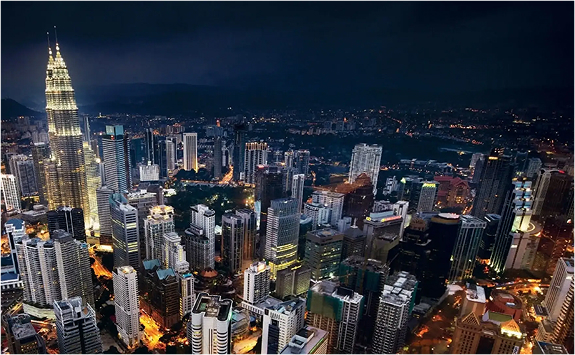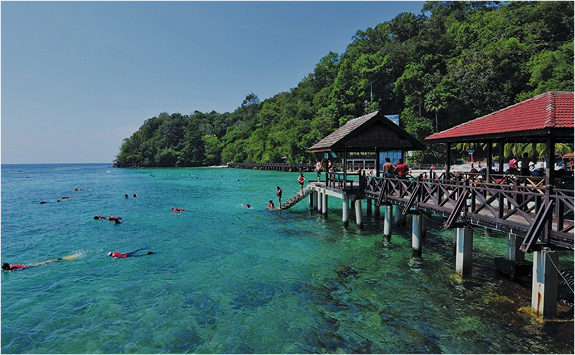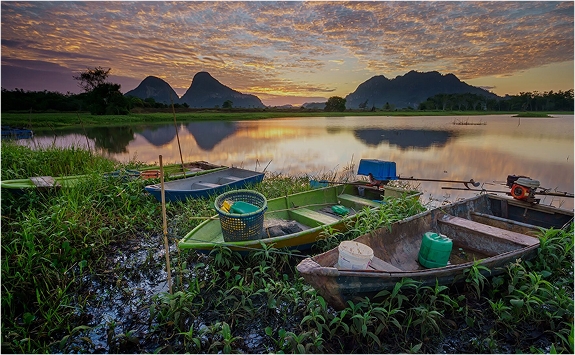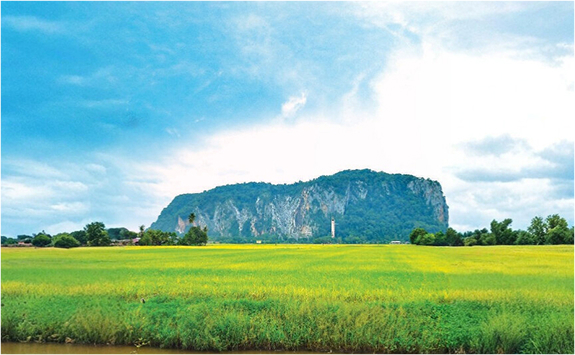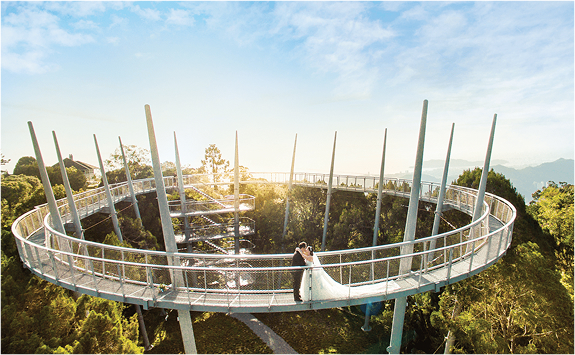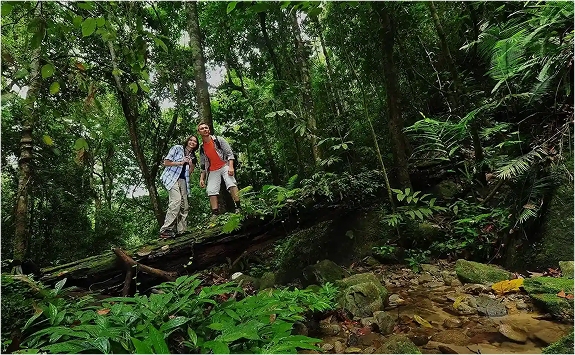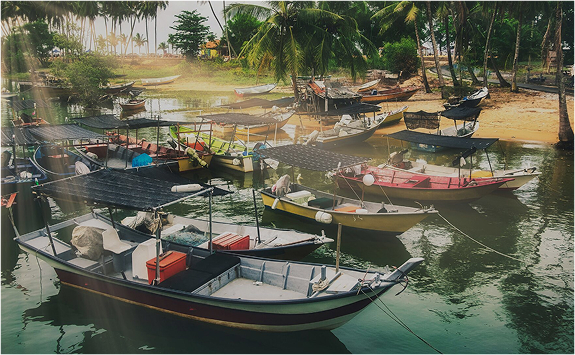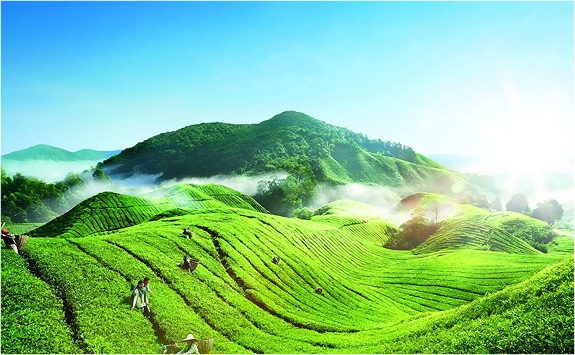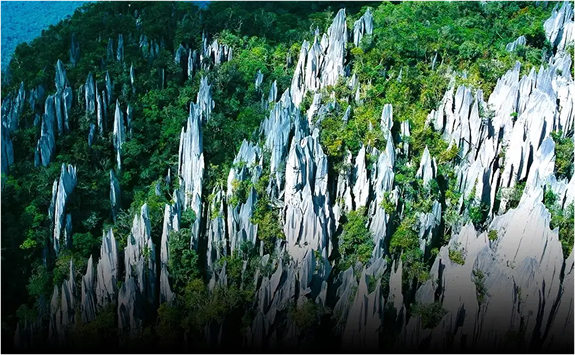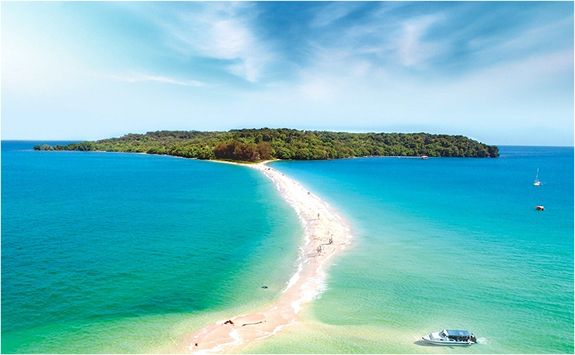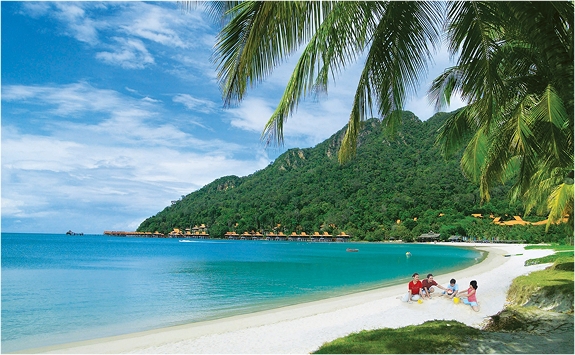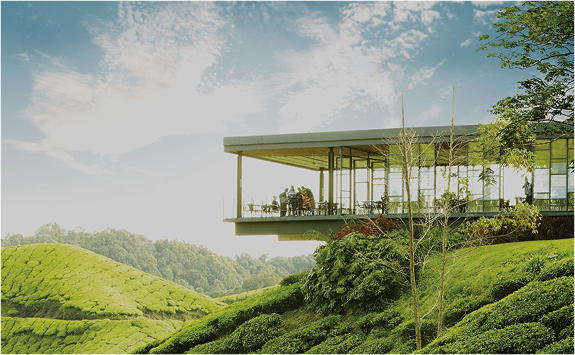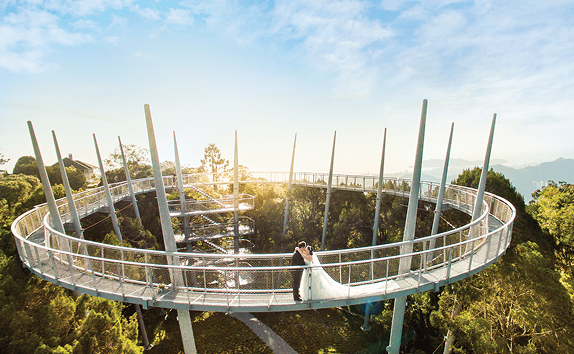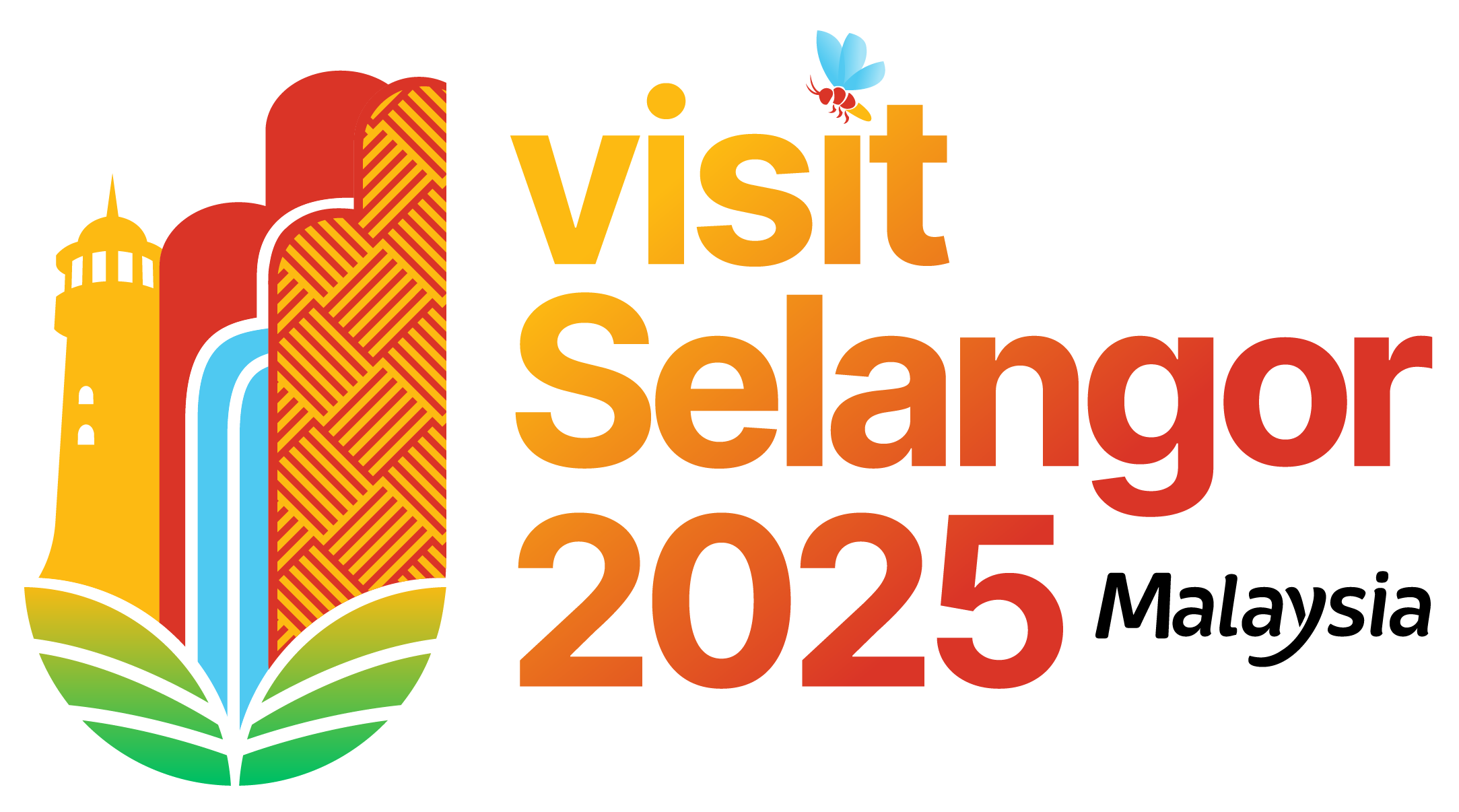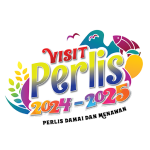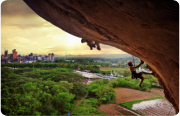TERENGGANU
Terengganu
Terengganu state is known for its world-famous islands, long sandy beaches and natural beauty with a total area of 13,035 square kilometres. Kuala Terengganu is its capital and its newly upgraded airport, the Sultan Mahmud Airport serves as an entry point, almost on the northeast tip of Peninsular Malaysia. A drive up, estimated at a comfortable 5 hours, from Kuala Lumpur is also one of the best ways to see Malaysia and to visit the state.
- Contact Info
- Department of Wildlife National Parks - Kuala Terengganu
- Setiu District Office
With its land size and relatively large forest tracks, the state offers amazing options for birdwatchers and nature buffs. With an estimated of over 460 species of birds and regular wildlife sightings coupled with other natural assets and delicious seafood meals makes this state a must visit.
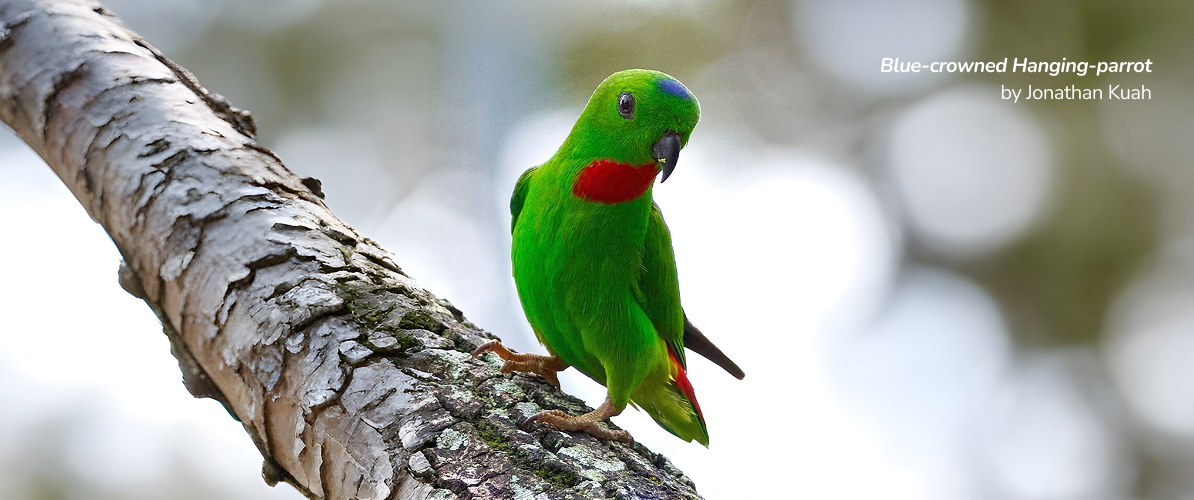
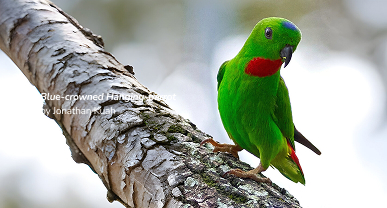
Lake Kenyir & Taman Negara - Tanjung Mentong
Coordinate: 3°51’N 102°91’E
No. of species: 350
Covering and area of 4,795 hectares and surrounded by primary and regenerating lowland forest with 340 islands, Lake Kenyir or locally known as Tasik Kenyir is the largest manmade freshwater lake in Southeast Asia. Created by the damming of the Kenyir river, creating islands from submerged hilltops between 1978 and 1985. The total catchment land area is estimated at over 209,199 hectares!
This area is blessed with amazing biodiversity including 8,000 species of flowers, 2,500 species of plants and trees, 8,000 species of orchids, 300 species of fresh water fish and about 350 species of birds. This site was therefore designated as another IBAs Area, IBA17, sharing its amazing bird diversity with the greater Taman Negara area. It also serves as the North-eastern entry point or gateway to Taman Negara (Tanjung Mentong).
The bird list here includes the globally threatened species of this area include Lesser Fish-eagle, Large Green-pigeon, Malay Blue-banded Kingfisher (Blue-banded Kingfisher), Wallace’s Hawk-eagle and Straw- headed Bulbul. Other regular sightings Bat Hawk, Wallace’s Hawk-eagle, Red-bearded Bee-eater, Great Slaty Woodpecker, Pale Blue- flycatcher, Great lora, Green lora, Chestnut- naped Forktail, Red-throated Barbet, White-bellied Sea-eagle, Crested Serpent- eagle, Crested Goshawk, Rufous-bellied Eagle, Changeable Hawk-eagle, Blyth’s Hawk-eagle, and Black-thighed Falconet, Red-naped Trogon, Blue-crowned Hanging-parrot and many more.
The hornbill list is also very impressive, with 9 out of 10 recorded here regularly i.e., Wrinkled, White-crowned, Bushy-crested, Wreathed, Black, Oriental Pied, Rhinoceros, Great and Helmeted Hornbills. The Wrinkled is regarded by some as the rarer of the local hornbills and this is the best place to record it.
Access to this site is generally fair but public transport is not available. Accommodation on-site is somewhat limited to houseboats but a variety available in the city of Kuala Terengganu (45-minutes away) and small home stays along the way.
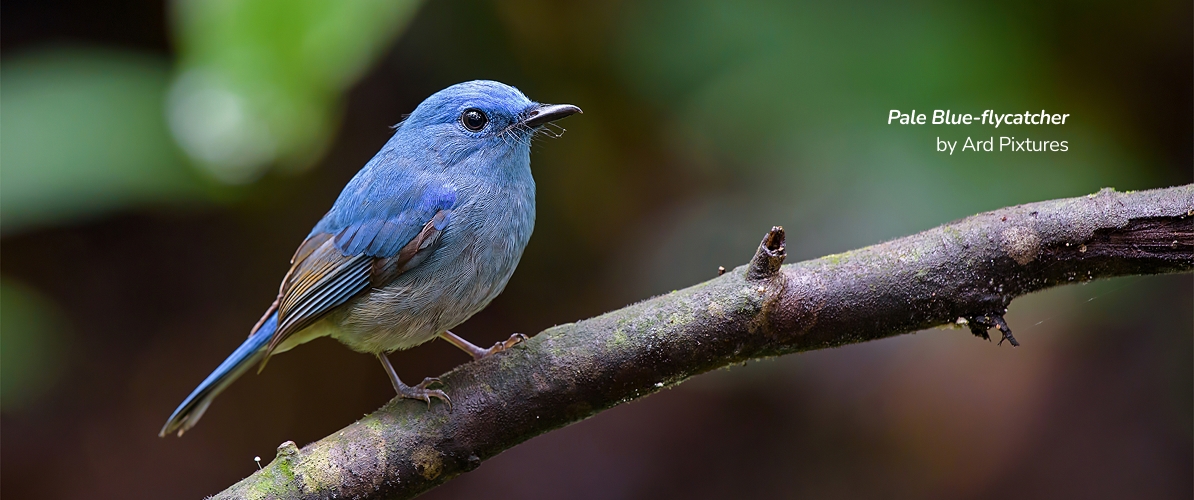
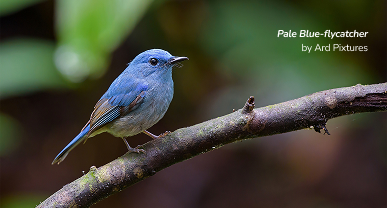
Setiu Wetlands
Coordinate: 5°40’15.7”N 102°43’07.4”E
No. of species: 160
Situated about 70 kilometres north of Kuala Terengganu, it is listed as an important wetlands area in the Malaysian Wetlands Directory. The wetlands cover an area of about 23,000 hectares, between Kampung Raja in the north and Batu Rakit in the south, making it the largest natural wetland in the east coast of Peninsular Malaysia.
The Setiu Wetlands is a part of the Setiu river basin, with a small part of the wetland (432 hectares) has been declared as a state park with another 1,088 hectares to be gazetted soon. Habitats here are diverse, consisting of a unique riverine forest, Melaleuca swamp forest, peat swamp forest, brackish water lagoons with vegetated sand islands, mangrove forest, sea grass beds and sandy beaches. A 560-metre-long boardwalk gives visitors excellent access to the mangroves in Pengkalan Gelap.
Although it is not well-known as a birdwatching site, this wetland has rich diversity with a record of 160 species including globally threatened birds such as the Lesser Adjutant, Malay Plover and both the Black Hornbill and Rhinoceros Hornbill.
This birding site is more popular for its Green Turtle and Painted Terrapin. It is known to be the largest nesting ground for Painted Terrapin and probably the few remaining nesting sites for Green Turtle.
